Intro
Learn to identify 7 common cold symptoms, including congestion, cough, and fatigue, and discover relief strategies for sore throat, runny nose, and headache, to manage cold and flu season effectively.
The common cold is one of the most prevalent illnesses worldwide, affecting millions of people every year. It is a viral infection that affects the upper respiratory system, including the nose, throat, and lungs. The symptoms of a cold can vary from person to person, but there are seven common cold symptoms that most people experience. Understanding these symptoms is crucial in managing and treating the condition effectively. In this article, we will delve into the seven cold symptoms, their causes, and ways to alleviate them.
The common cold is highly contagious and can be spread through direct contact with an infected person or by touching contaminated surfaces. The virus can also be spread through the air when an infected person coughs or sneezes. Once the virus enters the body, it can cause a range of symptoms, from mild to severe. The seven cold symptoms are runny nose, congestion, sneezing, coughing, sore throat, headache, and fatigue. These symptoms can be uncomfortable and disrupt daily activities, making it essential to find ways to manage and treat them.
The common cold is often mistaken for other respiratory illnesses, such as the flu or sinusitis. However, it is essential to understand that the common cold is a self-limiting illness, meaning it will resolve on its own with time. While there is no cure for the common cold, there are many ways to alleviate the symptoms and reduce the risk of complications. In the following sections, we will explore each of the seven cold symptoms in detail, including their causes, symptoms, and treatment options.
Understanding the 7 Cold Symptoms
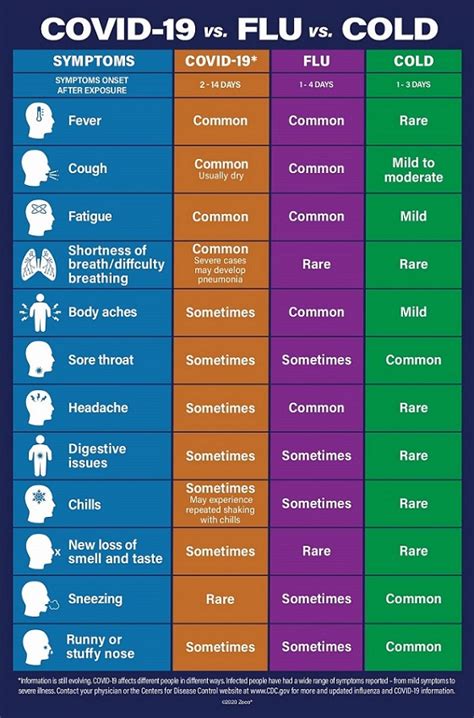
The seven cold symptoms are interconnected and can exacerbate each other. For example, a runny nose can lead to congestion, which can cause sneezing and coughing. Understanding the causes and symptoms of each cold symptom is crucial in managing and treating the condition effectively. In this section, we will explore each of the seven cold symptoms in detail, including their causes, symptoms, and treatment options.
Runny Nose
A runny nose is one of the most common cold symptoms, characterized by an excessive production of mucus. The mucus can be clear, yellow, or green, depending on the severity of the infection. A runny nose can be caused by the release of histamine, a chemical that stimulates the production of mucus. The symptoms of a runny nose can include nasal congestion, sneezing, and coughing.Treating a Runny Nose
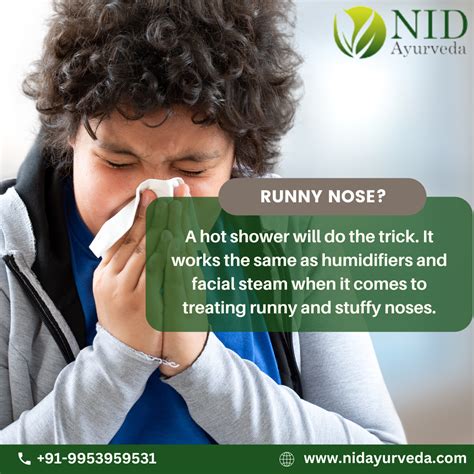
Treating a runny nose involves using over-the-counter medications, such as decongestants and antihistamines. Decongestants can help reduce nasal congestion, while antihistamines can help reduce the production of mucus. There are also many home remedies that can help alleviate a runny nose, including drinking plenty of fluids, using a humidifier, and applying a warm compress to the nose.
Congestion
Congestion is another common cold symptom, characterized by a feeling of fullness or blockage in the nose, throat, or lungs. Congestion can be caused by the swelling of the nasal passages and sinuses, which can lead to breathing difficulties. The symptoms of congestion can include nasal congestion, headache, and fatigue.Relieving Congestion

Relieving congestion involves using over-the-counter medications, such as decongestants and expectorants. Decongestants can help reduce nasal congestion, while expectorants can help thin and loosen mucus. There are also many home remedies that can help alleviate congestion, including drinking plenty of fluids, using a humidifier, and applying a warm compress to the nose and throat.
Sneezing
Sneezing is a common cold symptom, characterized by a sudden, explosive release of air from the nose and mouth. Sneezing can be caused by the irritation of the nasal passages and sinuses, which can lead to the release of histamine. The symptoms of sneezing can include runny nose, congestion, and coughing.Preventing Sneezing
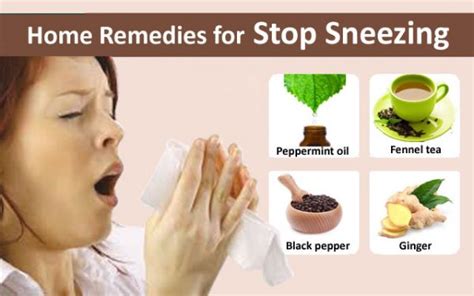
Preventing sneezing involves avoiding allergens and irritants, such as pollen, dust, and smoke. There are also many over-the-counter medications that can help alleviate sneezing, including antihistamines and decongestants. Additionally, there are many home remedies that can help alleviate sneezing, including drinking plenty of fluids, using a humidifier, and applying a warm compress to the nose and throat.
Coughing
Coughing is a common cold symptom, characterized by a sudden, explosive release of air from the lungs. Coughing can be caused by the irritation of the lungs and airways, which can lead to the release of mucus. The symptoms of coughing can include runny nose, congestion, and sneezing.Treating a Cough
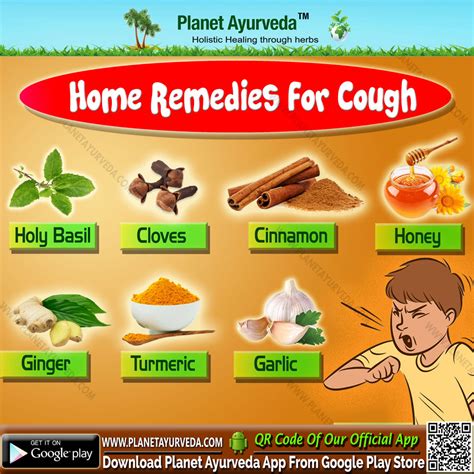
Treating a cough involves using over-the-counter medications, such as cough suppressants and expectorants. Cough suppressants can help reduce the frequency and severity of coughing, while expectorants can help thin and loosen mucus. There are also many home remedies that can help alleviate a cough, including drinking plenty of fluids, using a humidifier, and applying a warm compress to the chest and throat.
Sore Throat
A sore throat is a common cold symptom, characterized by a feeling of pain or discomfort in the throat. A sore throat can be caused by the irritation of the throat and tonsils, which can lead to inflammation and swelling. The symptoms of a sore throat can include pain, redness, and swelling.Soaking a Sore Throat
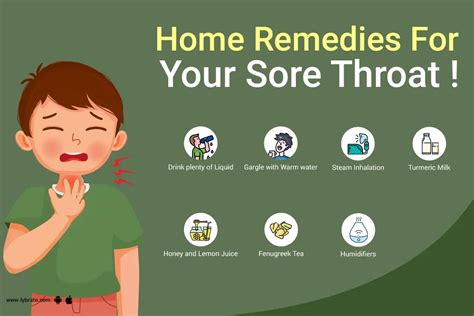
Soaking a sore throat involves using warm liquids, such as tea or broth, to help reduce pain and inflammation. There are also many over-the-counter medications that can help alleviate a sore throat, including pain relievers and throat sprays. Additionally, there are many home remedies that can help alleviate a sore throat, including gargling with salt water, using a humidifier, and applying a warm compress to the throat.
Headache
A headache is a common cold symptom, characterized by a feeling of pain or discomfort in the head. A headache can be caused by the swelling of the nasal passages and sinuses, which can lead to pressure and pain. The symptoms of a headache can include pain, pressure, and sensitivity to light and sound.Relieving a Headache
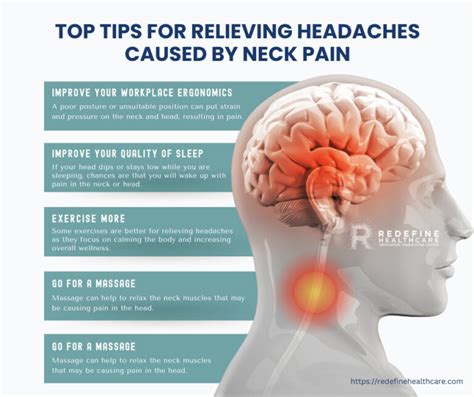
Relieving a headache involves using over-the-counter medications, such as pain relievers and decongestants. Pain relievers can help reduce pain and inflammation, while decongestants can help reduce nasal congestion and pressure. There are also many home remedies that can help alleviate a headache, including drinking plenty of fluids, using a humidifier, and applying a warm compress to the forehead and nose.
Fatigue
Fatigue is a common cold symptom, characterized by a feeling of tiredness or exhaustion. Fatigue can be caused by the release of cytokines, which are chemicals that help fight infection. The symptoms of fatigue can include tiredness, weakness, and lack of energy.Managing Fatigue
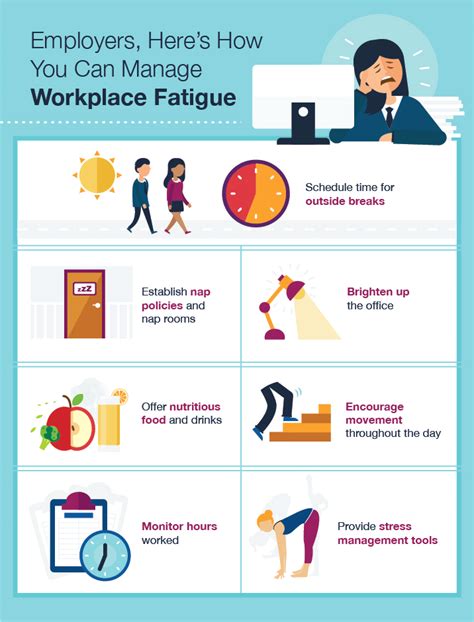
Managing fatigue involves getting plenty of rest, eating a healthy diet, and staying hydrated. There are also many over-the-counter medications that can help alleviate fatigue, including energy supplements and vitamins. Additionally, there are many home remedies that can help alleviate fatigue, including practicing relaxation techniques, such as meditation and deep breathing, and applying a warm compress to the body.
In conclusion, the seven cold symptoms are interconnected and can exacerbate each other. Understanding the causes and symptoms of each cold symptom is crucial in managing and treating the condition effectively. By using over-the-counter medications, home remedies, and practicing good hygiene, individuals can help alleviate the symptoms of a cold and reduce the risk of complications.
We invite you to share your thoughts and experiences with cold symptoms in the comments section below. Have you found any effective ways to manage and treat cold symptoms? Share your tips and advice with our readers.
What are the most common cold symptoms?
+The most common cold symptoms include runny nose, congestion, sneezing, coughing, sore throat, headache, and fatigue.
How can I prevent the common cold?
+Preventing the common cold involves practicing good hygiene, such as washing your hands frequently, avoiding close contact with people who are sick, and getting plenty of rest and nutrition.
What are some effective ways to treat a cold?
+Effective ways to treat a cold include using over-the-counter medications, such as decongestants and pain relievers, practicing good hygiene, and getting plenty of rest and nutrition.
